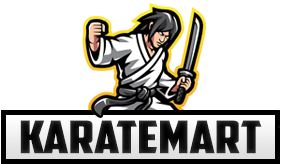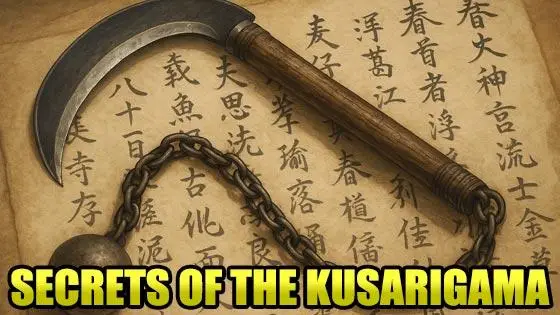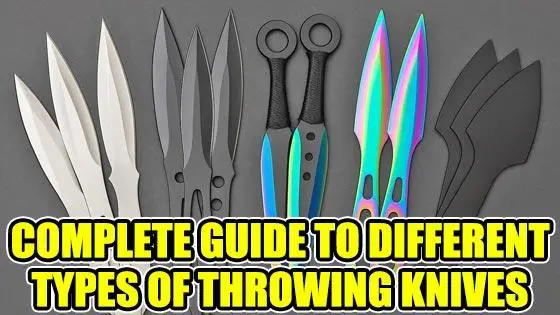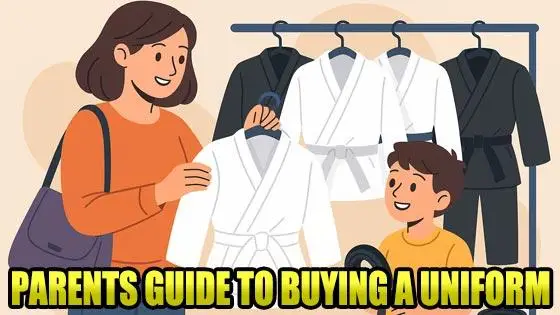Martial Arts Training & Practice Weapons
At KarateMart.com, we have foam swords, rubber knives, plastic batons, and other soft or flexible weapons made specifically for training. They're built to handle impact without causing injuries, which makes them great for karate classes, home workouts, or martial arts schools. A lot of instructors use these kinds of weapons because they allow students to move freely and confidently without worrying about hurting someone.
These training tools give you a good feel for size, grip, and movement, without the risks that come with metal or wooden weapons. They're ideal for practicing strikes, blocks, and disarms at full speed. You can focus on your form and technique without holding back, which really helps if you're learning something new.
Many of the weapons in this section are also great for kids. Parents love them because they're safe, but still offer a fun and realistic way to learn. They help kids build coordination, discipline, and control without the danger of bumps or bruises. And for adults, they're perfect for solo training, partner practice, or even teaching a self-defense class.
No matter your skill level, having a safe practice weapon gives you more freedom to train the way you want. It's easier to build muscle memory and test out new techniques when you're not worried about getting hurt. That's why these practice weapons are so popular with everyone from beginners to black belts.
What Types of Practice Weapons Are Available?
The training weapons in this section come in a variety of styles, shapes, and materials. Foam swords are one of the most popular options, especially for kids or beginners, because they're lightweight and easy to control. Rubber knives are commonly used in self-defense classes and martial arts drills where realistic movement matters. You'll also find plastic training batons and other soft-impact tools that are perfect for demonstrations or controlled partner practice.
Some weapons are modeled after traditional martial arts gear like nunchaku, kali sticks, or bokken, while others are simplified for safety. This mix allows students to work on proper technique without jumping straight into full-contact gear.
What Are Training Weapons Made Of?
Most training weapons are made from soft, impact-resistant materials like high-density foam, rubber, or flexible plastic. These materials are chosen for their ability to absorb shock and reduce the risk of injury during practice. Some items are reinforced with inner cores for added structure while still being safe enough for controlled training.
Are These Weapons Safe for Kids to Use?
Yes, many of the training weapons on this page are designed with younger students in mind. They're lightweight, flexible, and made from materials that reduce the risk of injury when used responsibly. That said, any martial arts training should always be supervised by an experienced adult or instructor to ensure proper use and safety.
Are These Weapons Suitable for Self-Defense Training?
Absolutely. Rubber knives, foam batons, and similar tools are often used in self-defense classes to simulate real scenarios safely. They let you practice disarms, reactions, and defense techniques without the danger of using real weapons. These tools are great for both beginners and advanced students looking to improve their skills.
Do the Training Weapons Feel Like Real Weapons?
Most training weapons are designed to mimic the shape, size, and handling of real weapons, but with much safer materials. While they may not match the exact weight of metal or wood, they often have realistic grips and overall dimensions. This makes them great for practicing movement, control, and technique without the danger that comes with using live weapons.
Which Weapons Are Best for Realistic Self-Defense Drills?
Rubber knives and foam batons are among the most popular for self-defense training. They allow for close-quarters drills, disarm techniques, and reaction training with minimal risk of injury. If your goal is to simulate realistic attacks in a controlled setting, look for flexible weapons that are firm enough to hold their shape but soft enough to avoid causing harm.
Do I Need Protective Gear When Using Practice Weapons?
It depends on the type of training you're doing. For light solo practice or basic partner drills, protective gear may not be necessary. But if you're working on close-range techniques or higher-speed partner drills, adding basic protection like gloves or padded clothing is a smart choice. Always match your gear to your training intensity.
What's the Difference Between a Butterfly Trainer and a Butterfly Knife?
A butterfly trainer looks and moves like a real butterfly knife (also known as a balisong), but it's completely dull and safe for practice. The trainer has the same handle design and flipping mechanism, so you can learn tricks and handling skills without the risk of cuts or injuries. It's the best option for beginners who want to master the motion before using a live blade.
Do Rubber Training Guns Match the Size of Real Handguns?
Many rubber training guns are modeled after real firearm dimensions to give you a more realistic training experience. Some are generic in shape, designed just to simulate the presence of a handgun for basic drills. Others are modeled after specific handgun models like the Glock 17 or the 1911, which makes them especially useful for self-defense instructors or law enforcement training.
The more realistic options match the grip, trigger guard, and overall size of their real counterparts, giving you a better sense of how an actual weapon feels during a disarm or retention drill. While they don't function like real firearms, the shape and scale help improve muscle memory and make scenario training more effective.




























